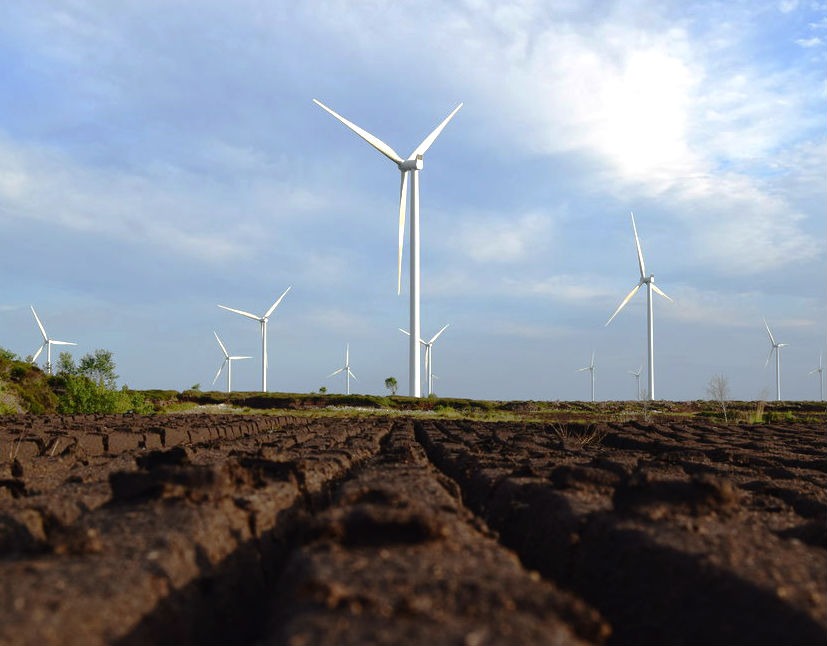From student strikes to loud Government announcements, the deep shifts needed to decarbonise the national economy, improve waste management and increase forest cover have become more certain, and the colossal investments required less risky. As Ireland commits to catching up on its infamous “laggard” environmental status, the country turns into an increasingly attractive destination for international investors active in those sectors. In the past 10 days alone, Greencoat Renewables, which channels Irish and overseas investment into green energy here, acquired two wind farms and issued €100 million in new shares. For several weeks, The Currency has been talking to those…
Cancel at any time. Are you already a member? Log in here.
Want to read the full story?
Unlock this article – and everything else on The Currency – with an annual membership and receive a free Samsonite Upscape suitcase, retailing at €235, delivered to your door.

